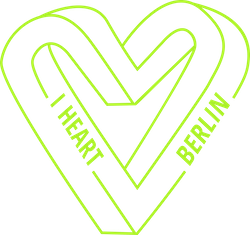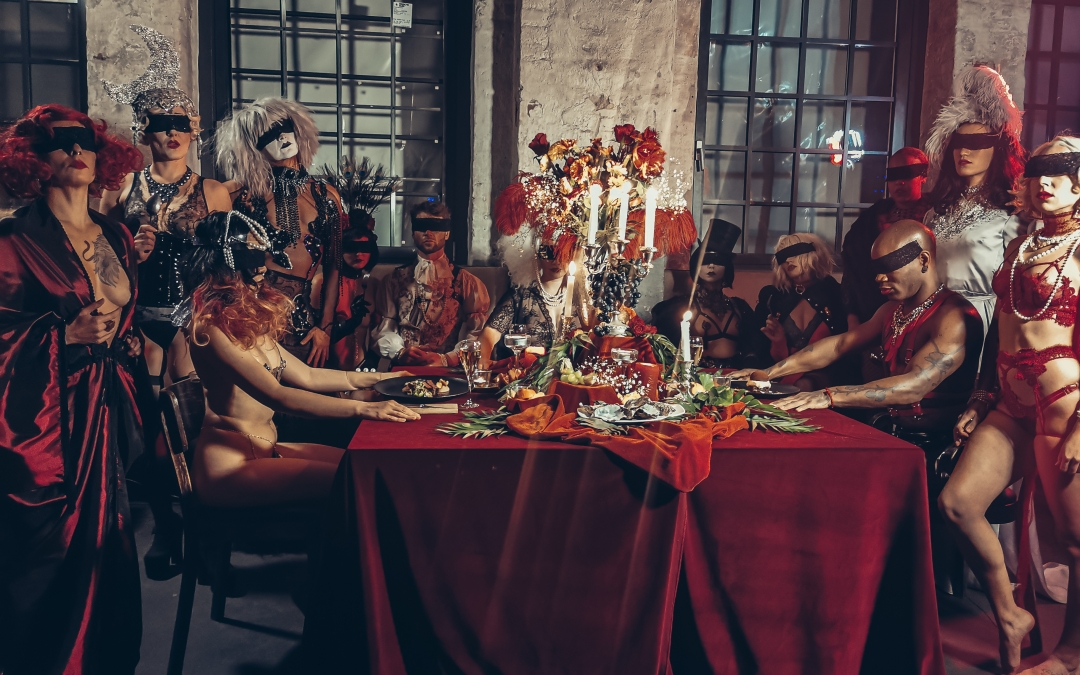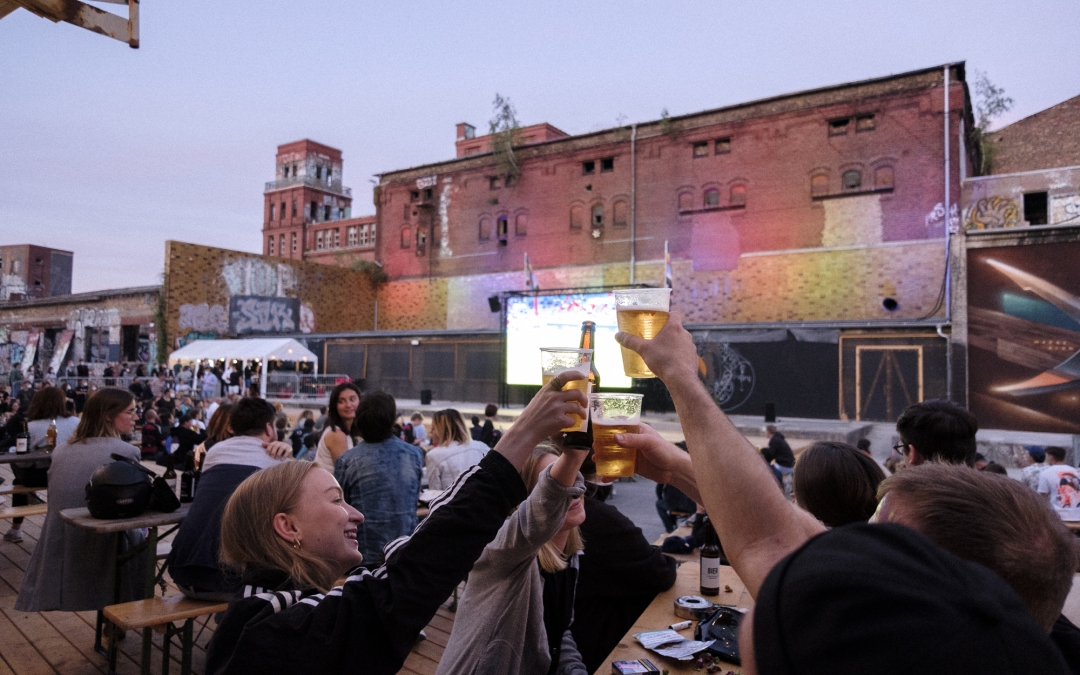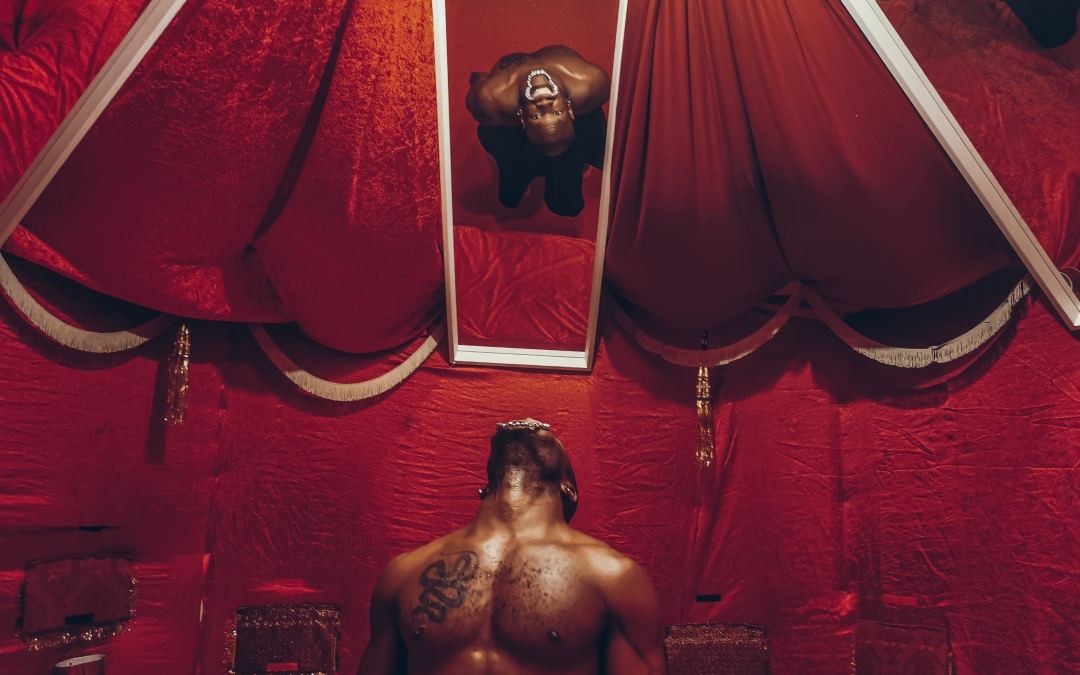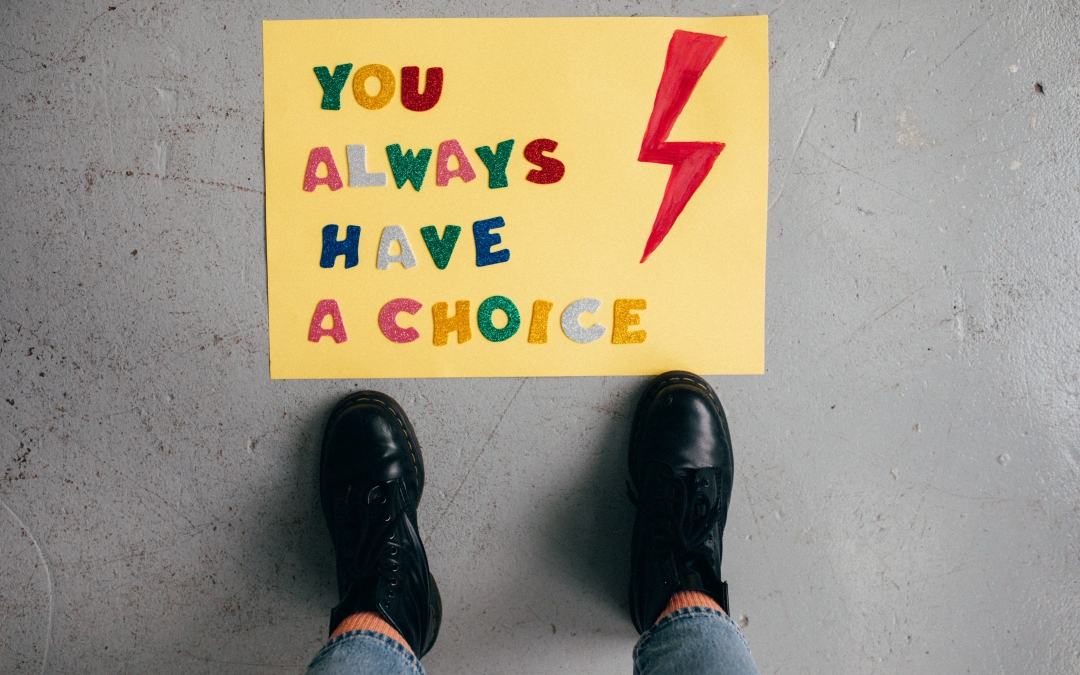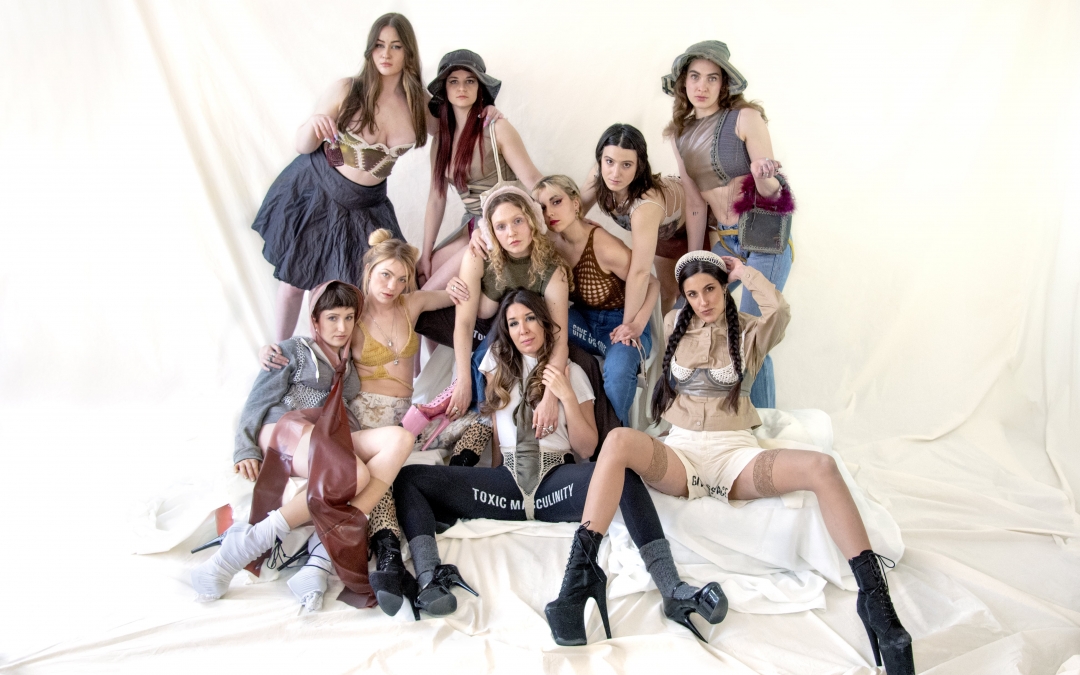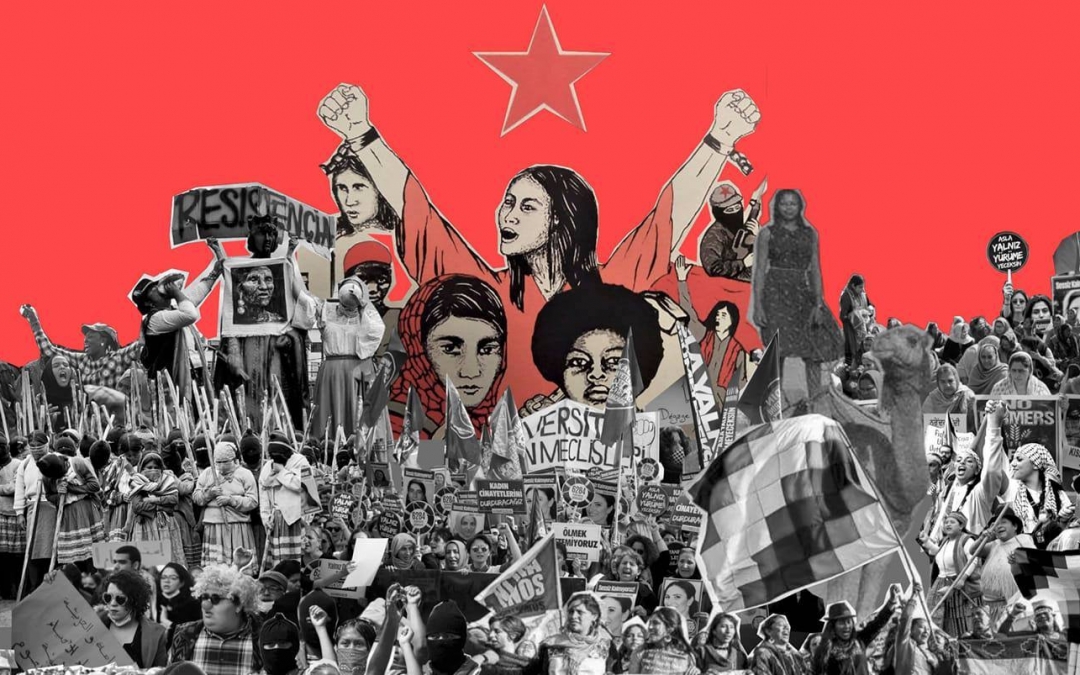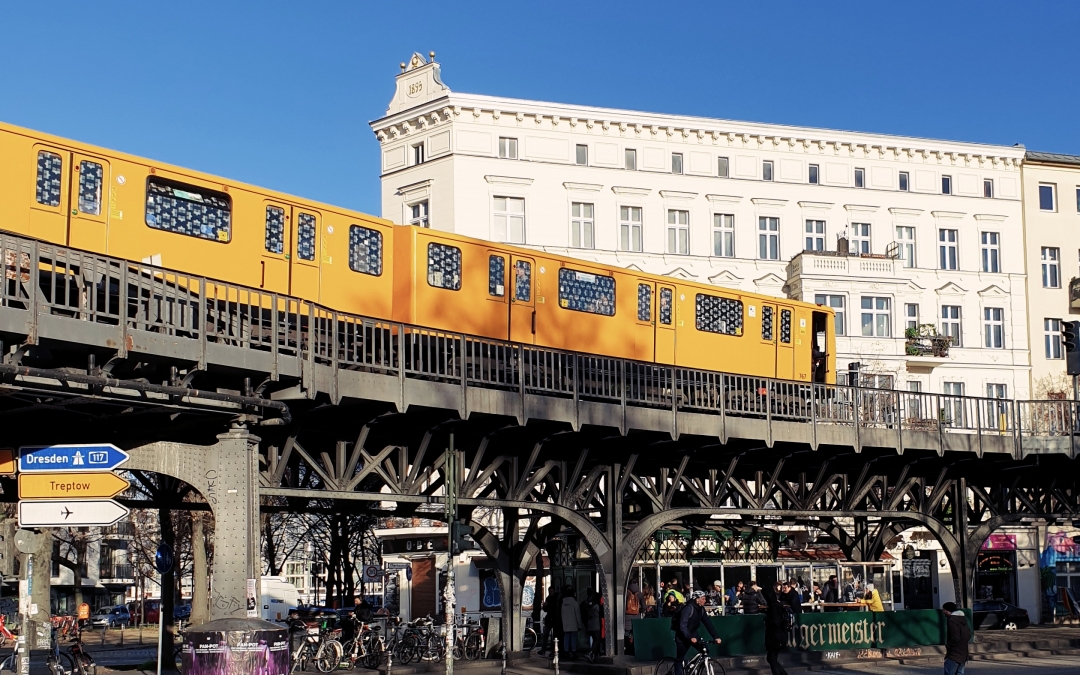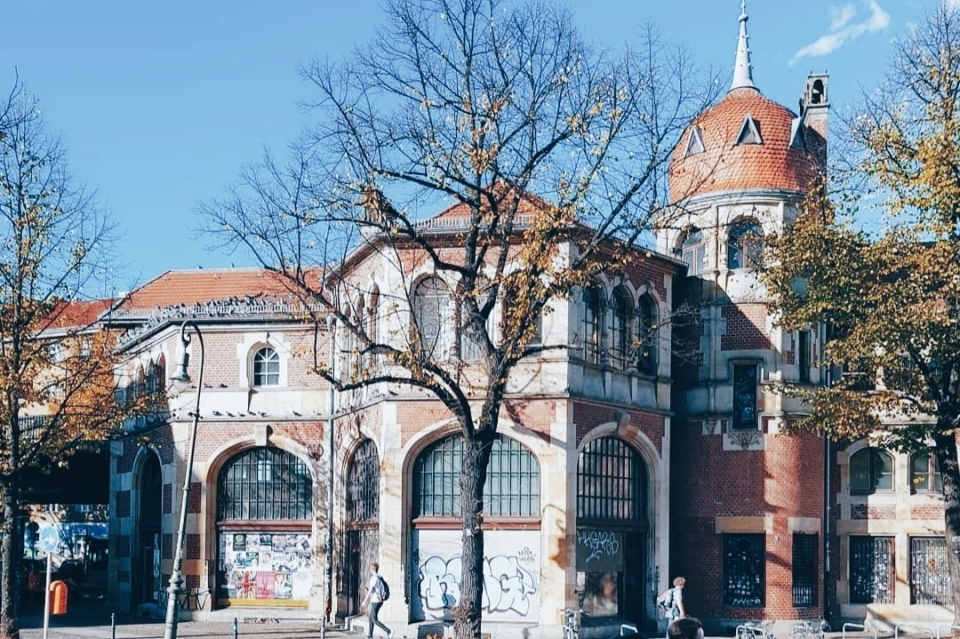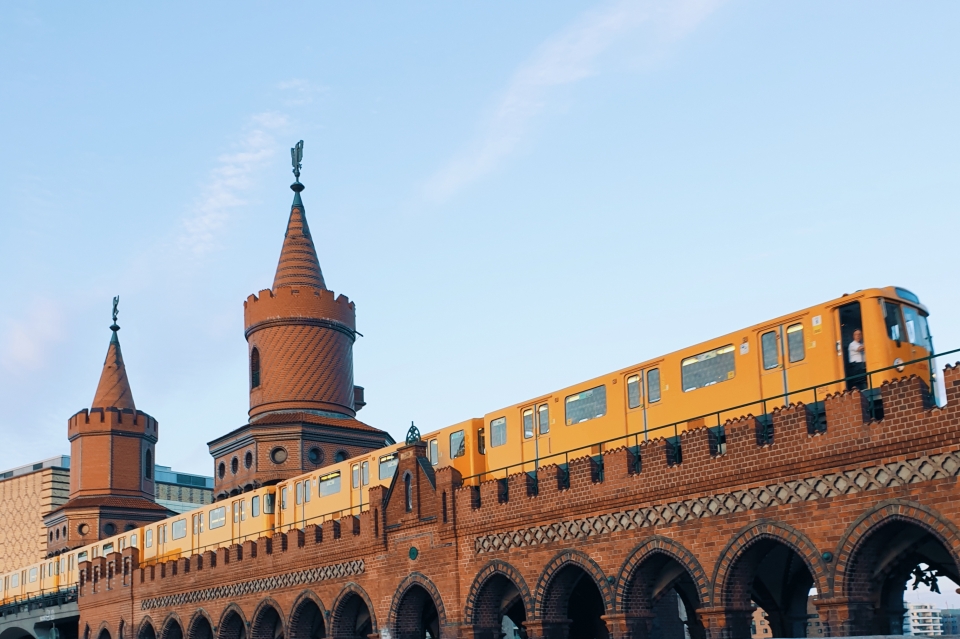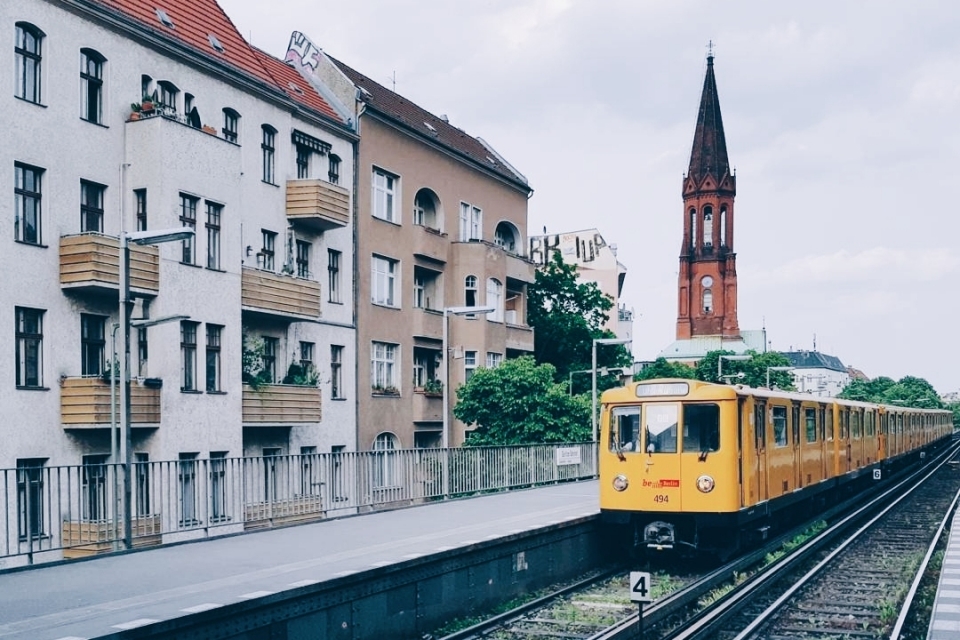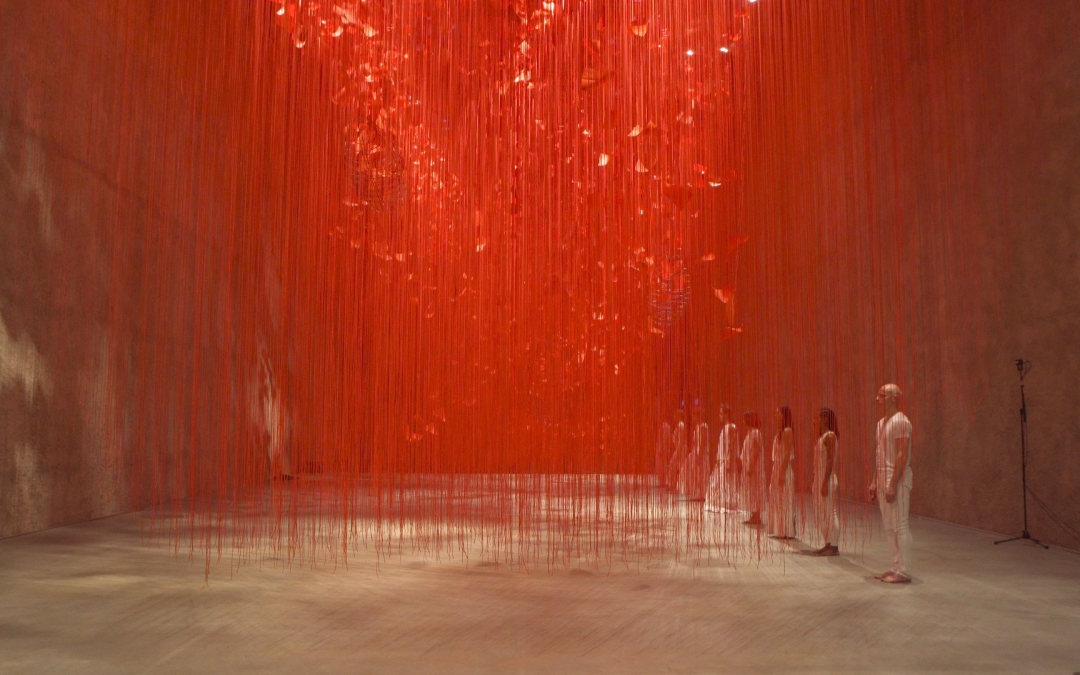photos: Fruit Salat Films and Weisse Maus.
Step into a time machine of the senses and transport yourself back a century to the “Goldener Zwanziger” or the Golden Twenties, of Weimar Berlin. Let yourself be intoxicated by the decadence of the smoky and sweet Berliner Luft, and pay homage to the legendary Weisse Maus. From the creative minds behind The House of Red Doors and some of Berlin’s finest performance artists, chefs, musicians, and sommeliers, comes Die Weisse Maus 2022.
